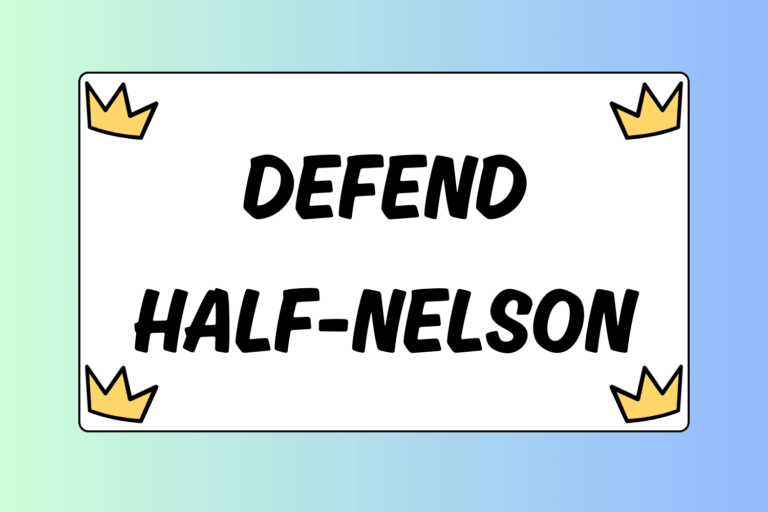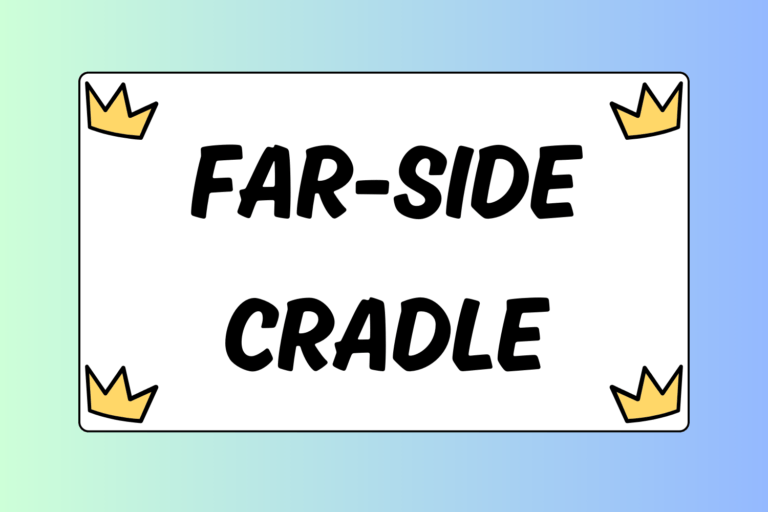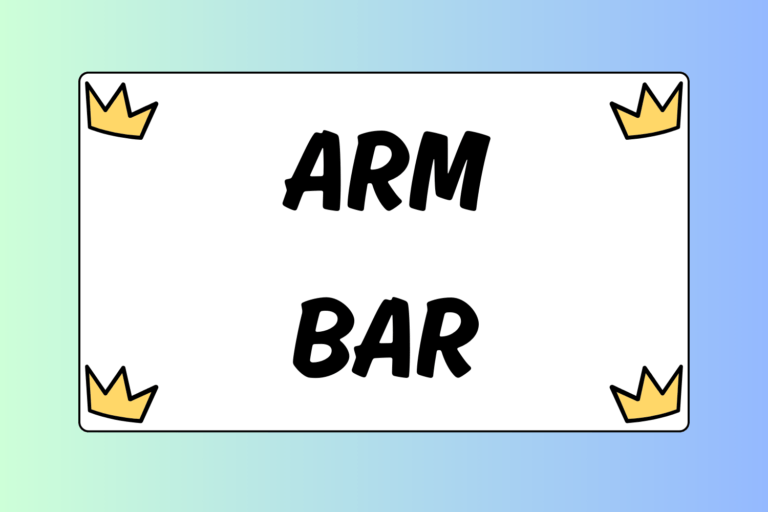The near-side cradle, often referred to as the “bow and arrow” cradle, is a common pinning combination used in folkstyle wrestling. It is occasionally used in freestyle wrestling, as well, and is a very simple maneuver to perform. To learn how to start pinning opponents with the near side cradle, follow the steps below.
1. Break Your Opponent Flat
One of the most common scenarios in which you will be able to use the near-side cradle is when your opponent is broken down flat. There are many other ways you can start this move, but for the purposes of this guide, make sure your opponent is flat on the mat underneath you. For more information on how to break an opponent down, check out our guide Wrestling Moves: Basic Breakdowns.
2. Hop Off
With your opponent on his stomach, straddle one of his legs. In other words, place both of your knees on each side of his leg in order to control him. Next, “hop off” of his body to the side that you want to perform the cradle on. Do this by circling on your toes and keeping your chest in contact with his back to keep your weight on him. Position your body perpendicular to his so you can take control of his head and near leg.
For example, if you want to cradle your opponent’s head to his left knee, circle to the left side of his body. Make sure to keep your chest in contact with his back and use your toes to press your weight on him.
3. Head in the Side
A key component to the near-side cradle is using your head to help bend your opponent’s body as you lock your hands around his head and leg. Place your forehead against his side, near the bottom of his ribcage. As you do this, reach over the top of your opponent’s head with your near arm and grip the back of his head. With your other arm, grip the back of his near-leg’s knee. If you can, try to get the inner part of your forearms around his head and knee.
For example, if you are positioned on your opponent’s left side, reach over your opponent’s head with your left hand, and grip his left leg behind the knee with your right hand.
4. Crunch & Lock
Stay on your toes and drive into your opponent with your head. As you do this, start to pull your opponent’s head and knee together in front of you. When your opponent’s body starts to bend and his head gets closer to his knee, reach your arms deeper over the head and behind the knee. You want his head and his knee secured in the bend of your elbows. Doing so will allow you to lock your hands. Once you get your hands locked, pinch your elbows together to keep his body tight.
Hot Tip: Switch Cradles
When your opponent defends one type of cradle, he leaves himself vulnerable to a different type of cradle. If your opponent turns away from you to defend against your near-side cradle, use the far-side cradle. If he turns into you to defend against your far-side cradle, use the nearside cradle. For more information on how to perform the far-side cradle, check out our guide, How to Do a Far-side Cradle.
5. Run your Feet
With your hands locked, drive or “run” your feet towards your opponent’s far shoulder to turn him. Use your chest to help push your opponent over to his back.
For example, if you are positioned on the left side of his body, run your feet towards his right shoulder. Turning him to his back may not happen instantly, but stay low and keep driving — eventually, it will happen.
6. Post on your Head
As you turn your opponent to his back, “post” or place your forehead on the mat in front of you. This will keep you from driving too far forward. From here, pinch your elbows and circle on your toes towards his head. This will allow you to press his back to the mat for a fall!
Win with Cradles
Knowing how to execute a near-side cradle is essential to success at all levels of wrestling. Make sure to drill this move until you are confident enough to start using it in competitions. In addition to the near-side cradle, having the far-side cradle in your arsenal will make you an extremely menacing wrestler from the top position. Now get out there and get training!





